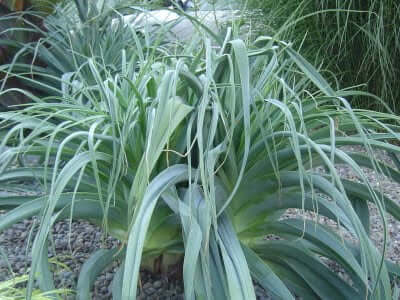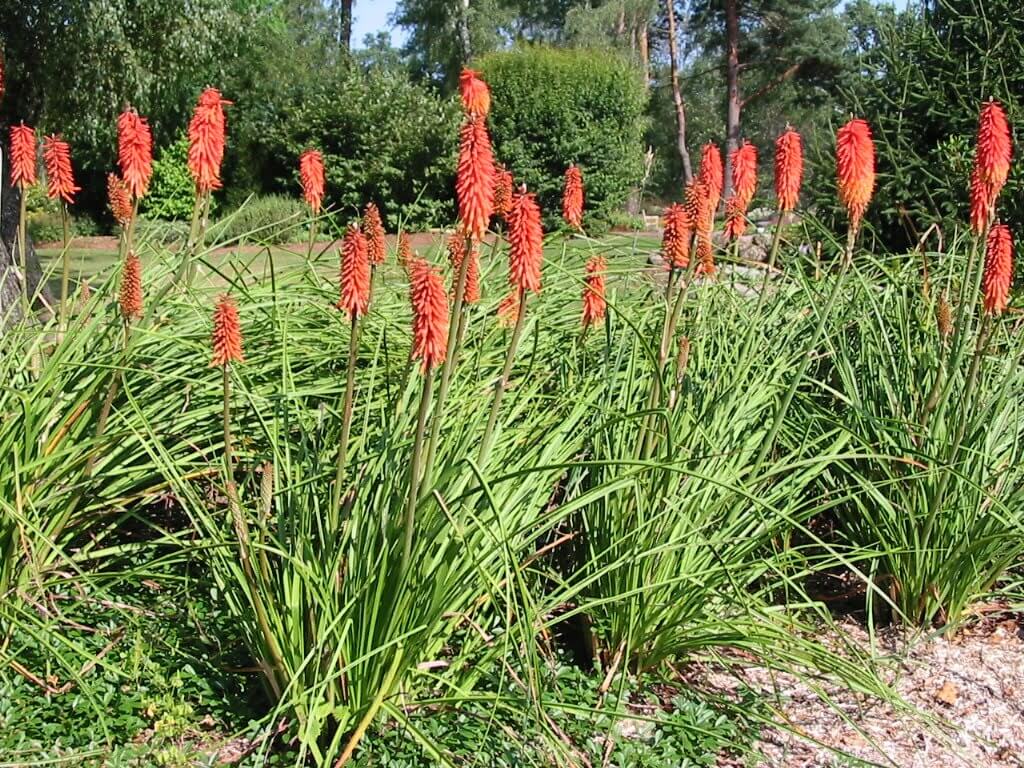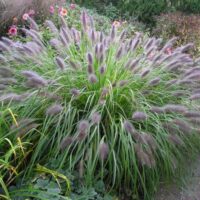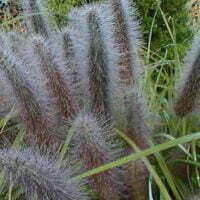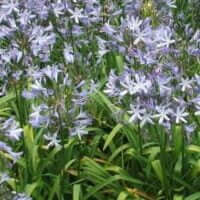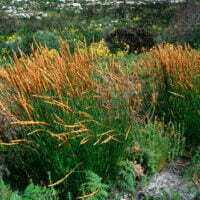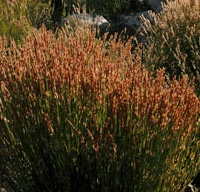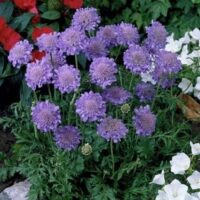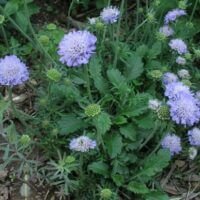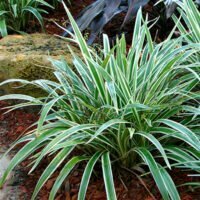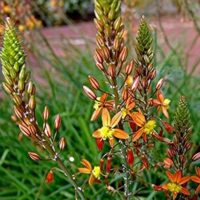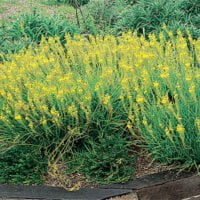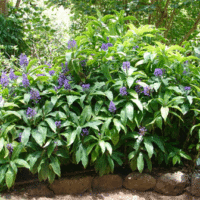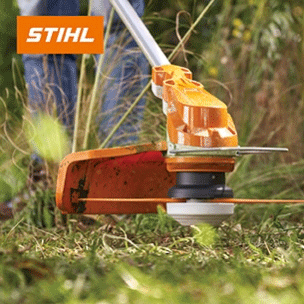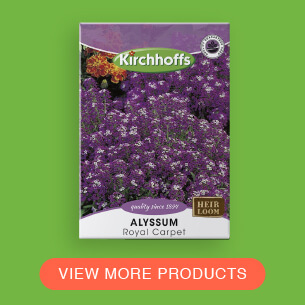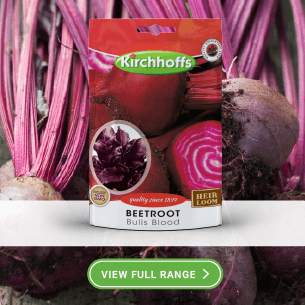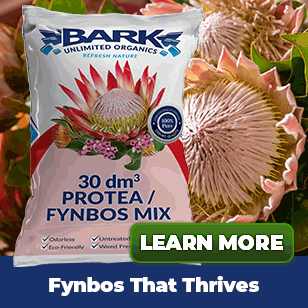| Botanical name | Kniphofia species |
|---|---|
| Plant Care |  Deciduous Deciduous – Sheds Its Leaves Annually  Full Sun Full Sun – Prefers 6 or more hours of sun per day.  Semi Frost Hardy Semi Frost Hardy – Is Able to Survive Moderately Low Temperatures. |
| Categories | |
| Flowers | February March April May June July August September October This plant bears tubular spikes of upright, brightly colored flowers, in shades of red, orange and yellow, often bicoloured. Borne mainly |
| Common name(s) | Red-hot poker, Torch Lily |
| Foliage | This species has large, long, narrow and grass-like leaves which is non-succulent. |
| Uses in landscape design | Most will tolerate salt winds and thrive near the coast. Kniphofia species is also a perfect waterside plant for water features and ponds. |
| Planting instructions | Plant in an open sunny position in moist, humus-rich, well drained soil. |
| Maintenance | Water and feed well during active growth. |
| Soil conditions | MoistEnrichedWell drained |
| Interesting info | Named after German professor Johann Hieronymus Kniphof (1704-1763). |
| Propagation | Propagation is usually by division after flowering or from seed. |
Kniphofia species (Red-hot poker, Torch Lily)
- Botanical name: Kniphofia species
- Common name(s): Red-hot poker, Torch Lily
- Categories: Ground Covers and Perennials
Plant description:
This species has large,long, narrow and grass-like leaves which is non-succulent. It bears tubular spikes of upright, brightly colored flowers, in shades of red, orange and yellow, often bicoloured. Borne mainly from autumn to spring. The flowers is attractive to wildlife because it produce nectar. Most species is evergreen but a few are deciduous.
Family: Asphodelaceae
Synonym: –
Botanical Pronunciation: –
Kniphofia species requirements and features
info on these icons
Moderate Maintenance
Requires moderate maintenance.
Prohibited Use Notice: No Data Scraping Allowed Except for Search Engine Indexing:
The content provided on PlantInfo.co.za is intended for personal, non-commercial use only. Unauthorized extraction, reproduction, or use of the data, including scraping, for any purpose other than search engine indexing is strictly prohibited. Violations of these terms may result in legal action. By accessing and using this website, you agree to comply with these conditions and acknowledge the legal restrictions on the use of our content.
February March April May June July August September October
This plant bears tubular spikes of upright, brightly colored flowers, in shades of red, orange and yellow, often bicoloured. Borne mainly from autumn to spring. The flowers is attractive to wildlife because it produce nectar.
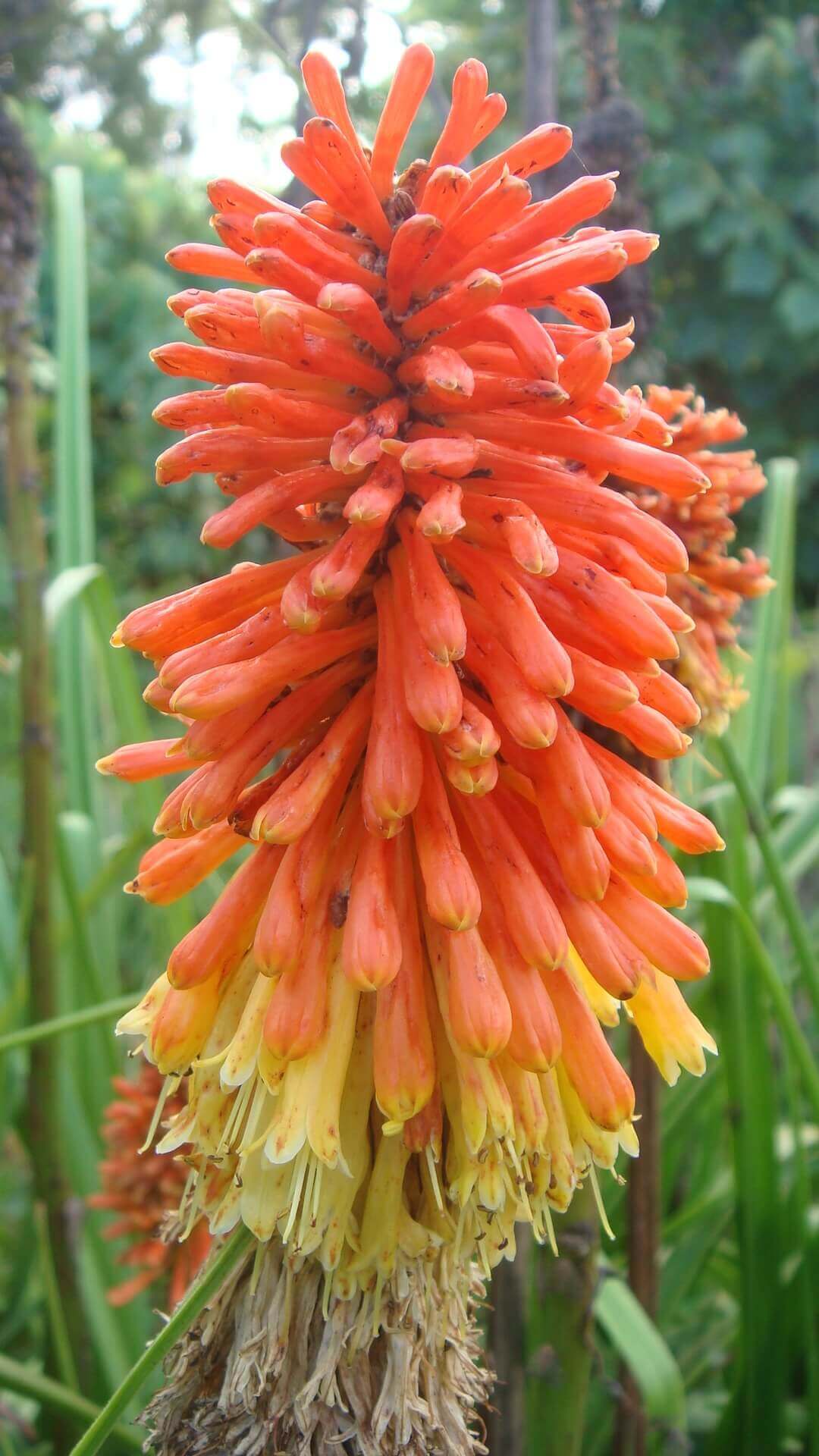
This species has large, long, narrow and grass-like leaves which is non-succulent.
